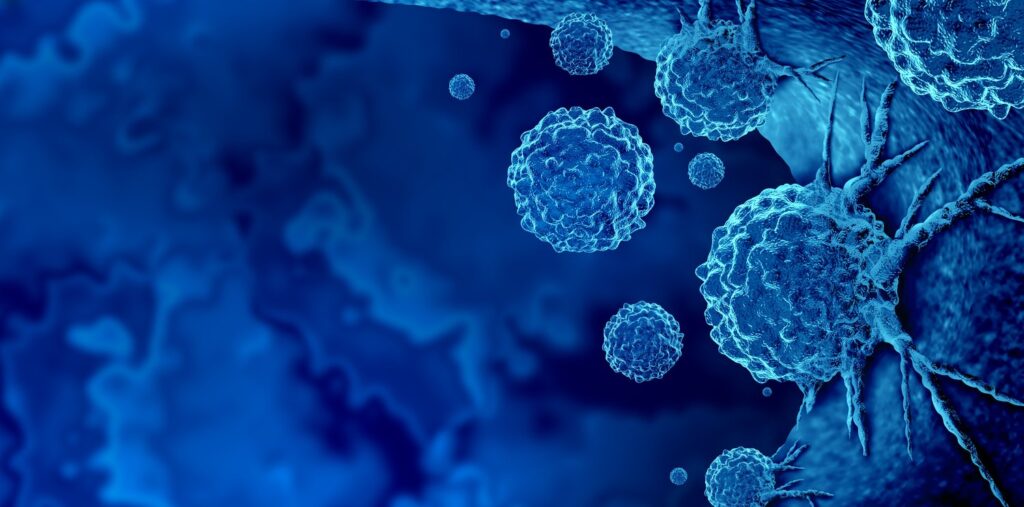Discovering the optimal strategy for administering chemotherapy to cancer cells presents a significant challenge. The ideal scenario involves treatments explicitly targeting cancer cells while sparing healthy ones.
This is where immunoliposomes come into play, offering a promising solution. These specialised carriers can attach to specific antigens on the surface of cancer cells, thanks to their surface-targeting ligands. This capability allows cancer cells ample opportunity to absorb the therapeutic agents contained within the immunoliposomes, effectively delivering the “poison” directly to the tumour cells. The advantages of immunoliposomes in the fight against cancer have been well-documented over the past four decades, highlighting their potential in oncological treatment.
Despite the documented efficacy of immunoliposomes in laboratory settings since their inception in 1981, these advanced drug delivery systems have yet to reach the market. A significant hurdle impeding their commercial availability is the need for a scalable, cost-effective, and practical manufacturing process. The conventional method of producing immunoliposomes, which involves attaching targeting ligands to bare liposomes, is a complex procedure that encompasses multiple steps and can introduce several potential complications.
In recent developments, Yuan Wan, an associate professor in the Department of Biomedical Engineering at Binghamton University’s Thomas J. Watson College of Engineering and Applied Science, made a significant breakthrough. Published in the prestigious journal Nature Nanotechnology, Wan’s research introduces an innovative one-step process for creating immunoliposomes. This novel method eliminates the need for chemical conjugation and the associated chemical reagents, rendering it an environmentally friendly alternative to traditional manufacturing techniques.
Wan explains the limitations of the conventional process, noting its complexity due to extensive chemical conjugation and purification requirements. These steps can compromise the targeting ligands’ stability and antigen-binding efficiency, leading to payload leakage and product loss. Consequently, the low yield, high production costs, and the risk of variability between batches make immunoliposomes less appealing to industrial manufacturers, thus hindering their widespread commercial production and clinical application.
What sets Wan’s approach apart is the utilisation of engineered chimeric nanobodies that possess a “sticky” end, allowing for their integration into the liposome’s structure. Remarkably, over 2,500 nanobodies can be incorporated into the exterior of a single 100-nanometer liposome, which is significantly smaller than the width of a human hair. This streamlined method is simpler, faster, and more cost-effective than traditional approaches and offers greater control over the final product. Additionally, the nanobodies create a protective layer around the liposome, potentially enhancing its longevity in the bloodstream and reducing the likelihood of premature clearance by the body.
An essential benefit of Wan’s technique is its avoidance of harsh chemicals, such as polyethene glycol (PEG), commonly used in traditional immunoliposome manufacturing processes. PEG has been associated with adverse reactions in some patients to the extent that the Food and Drug Administration mandates additional monitoring for drugs containing this substance.
Wan’s findings also reveal that integrating chimeric nanobodies into the lipid bilayer enhances the rigidity and thermal stability of the immunoliposomes. This improvement means that the encapsulated drugs can remain stable for up to 10 months without significant leakage. Given the existing use of approximately 20 plain liposomal drugs, Wan is optimistic that further research and medical trials could lead to the approval and clinical use of immunoliposomes.
Wan and his team are focused on developing new chimeric nanobodies to increase production efficiency by at least 30-fold, substantially reducing manufacturing costs. This advancement promises to make immunoliposomes a more accessible and viable option for cancer treatment shortly.
Author
Isabella Sterling
Content Producer and Writer
Nano Magazine | The Breakthrough


